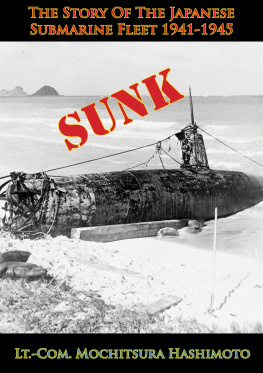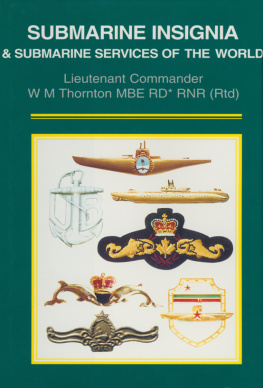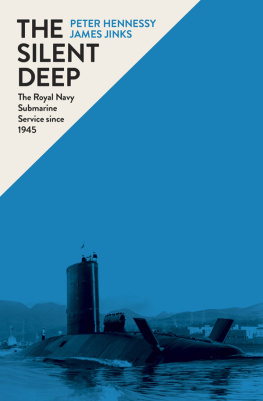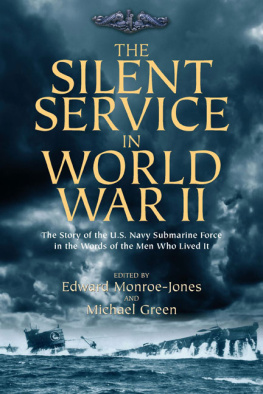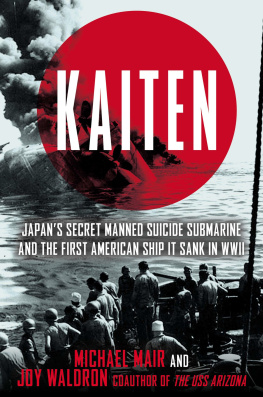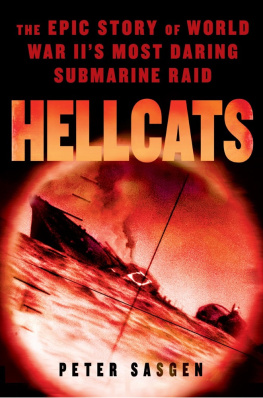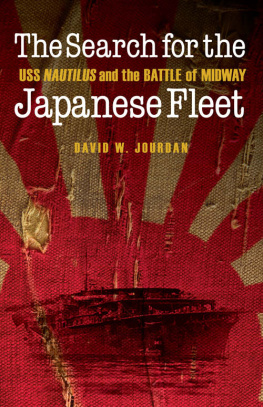

This edition is published by PICKLE PARTNERS PUBLISHINGwww.picklepartnerspublishing.com
To join our mailing list for new titles or for issues with our books picklepublishing@gmail.com
Or on Facebook
Text originally published in 1926 under the same title.
Pickle Partners Publishing 2015, all rights reserved. No part of this publication may be reproduced, stored in a retrieval system or transmitted by any means, electrical, mechanical or otherwise without the written permission of the copyright holder.
Publishers Note
Although in most cases we have retained the Authors original spelling and grammar to authentically reproduce the work of the Author and the original intent of such material, some additional notes and clarifications have been added for the modern readers benefit.
We have also made every effort to include all maps and illustrations of the original edition the limitations of formatting do not allow of including larger maps, we will upload as many of these maps as possible.
SUNK: THE STORY OF THE JAPANESE SUBMARINE FLEET, 1941-1945
BY
MOCHITSURA HASHIMOTO
Former Submarine Commanding Officer, IJN
Translated by Commander E. H. M. COLEGRAVE, RN (RETIRED)
With an Introduction by Commander EDWARD L. BEACH, USN
Illustrated with Line Drawings and Photographs
TABLE OF CONTENTS
Contents
FOREWORD
What happened to Japans submarines and what sort of fight did they put up?
As far as Japan was concerned, the recent war was waged according to a rigid strategy. There was no detailed operational planning. It was a fight in which science had been ignored. In such circumstances the submarine, always highly vulnerable unless used intelligently, was inevitably sacrificed. Throughout the war the whole submarine fleet was in reality a special attack force in which, in the absence of scientific weapons, the crews were just so much human ammunition. Today we hear much about rearmament. If money is to be spent on armaments, it should be used for scientific development. Never again must we go to war with only a bamboo lance.
The Japanese Submarine Fleet was entirely wiped out, but the martial spirits of its sailors are still with us on the far-flung oceans. In the Pacific, the Indian Ocean, and the Atlantic we remember the multitude of resentful sleeping warriors; in our ears we hear the whisper of the voice from the bottom of the sea.
Thus, as one of the few submarine captains to survive, I have taken up my pen to try to record something of the unknown hardships and successes of our submarines.
During the past six months I have visited survivors throughout the country to collect material for my story. I wish especially to express my thanks to the U.S. Far East Naval authorities and also to the following for their kind cooperation: Mr. S. Toyoda, formerly C.-in-C. Combined Fleet; Mr. S. Fukutome, his Chief of Staff; many former naval officers, and Mr. T. Niina of the information bureau of the newspaper Mainichi.
MOCHITSURA HASHIMOTO
Despite the gloomy conditions under which they worked, our submarines fought well, and the grim story of Japanese submarine units has been well recorded by former Lieutenant Commander Hashimoto.
It is certainly valuable material, and I wish to recommend it as an excellent history.
S. Toyoda, Former C.-in-C., Combined Fleet, IJN
INTRODUCTION
By Commander Edward L. Beach, USN
When the fighting and the hating have died away and peace once more is established between two warring nations, then, not uncommonly, those who have but recently wielded the sword may find themselves plying the pen. To some extent there is a real need for extenuation of or justification for the part lately played in the war, and, to a lesser degree, there have been deliberate attempts to helpor influencethe writing of history. There is always a certain poignancy inherent in the frustrated aims and ambitions of the losers, and it is a natural determination on their part that praiseworthy action must not go unrecognized. It is less frequent that a military man of the losing side will write a book which cannot be interpreted otherwise than as a bitter criticism of the underlying philosophy by which his side of the war was guided.
The implication is not intendedit is in fact contradictedthat Mochitsura Hashimoto has indulged in denunciation, at least in so many words. Far from it! But the denunciation is there, buried deep between the lines of his book, and it brings with it a lesson which every military man and every student of history would do well to ponder.
Various theorists and students of the history of World War II have explained the ineffectiveness of the Japanese submarines by saying that they were improperly employeda correct generalization, and also an extremely easy one to make. They were improperly employed, but what, exactly, was improper in their employment? What was different in their employment from ours? Were not the accepted missions of both U.S. and Japanese submarines identical at the outset of the war? Did not Japanese submarines sink the aircraft carriers Wasp in the South Pacific and Yorktown at Midway, the cruiser Indianapolis almost at the very end of the war, and numerous other important vessels besides?
Yet it is a matter of record that the Japanese Submarine Fleet, numbering approximately sixty vessels at the start, suffered total losses of one hundred thirty and was in effect completely wiped out without having been able to affect even slightly the course of the war.
Sunk, by my one-time enemy, Mochitsura Hashimoto, formerly Commander, Imperial Japanese Navy, and, incidentally, skipper of the submarine which torpedoed the last major war vessel of our side sunk in the war, the Indianapolis, tells us why. Being one of the first such public reports from any Japanese military person, it eloquently documents the basic failing of the whole Japanese effort. In so doing, it carries its own warning for usfor next time we may be the one who, anticipating the struggle, plans too thoroughly what the enemy will do.
A calm and unemotional evaluation of the Japanese Navy of 1941 ought to lead to the conclusion that ship for ship and man for man it was superior to ours. This should occasion no surprise, if the Japanese are given credit for being intelligent men and good fighters. Our navy was similarly better in detail than the British Navy in 1812. It is axiomatic that when you know whom you are going to fight you will build your ships and weapons, organize your forces, to overmatch his; whereas your adversary, deprived of that single objectivity, perhaps with a larger investment already in being, cannot, prior to the outbreak of war, rebuild or reorganize accordingly.
Under such circumstances an inherently weaker nation may temporarily achieve notable victories over the stronger. If the stronger nation is unable to meet the challenge of its enemy at the points raised, or is too inflexible to adjust to meet the surprise threat, it might, notwithstanding its superior potential force, be beaten in a clash of arms. This was, of course, the intended evolution of the war according to the Japanese master plan. They expected to achieve their objectivesthe expansion of their empire to the southbefore the United States was able to recover from the initial defeats. But in this instance it was they, the aggressors, who were too inflexible with their plan of conquest; we, the defenders, turned out to possess far more of that priceless resiliency.
Next page
